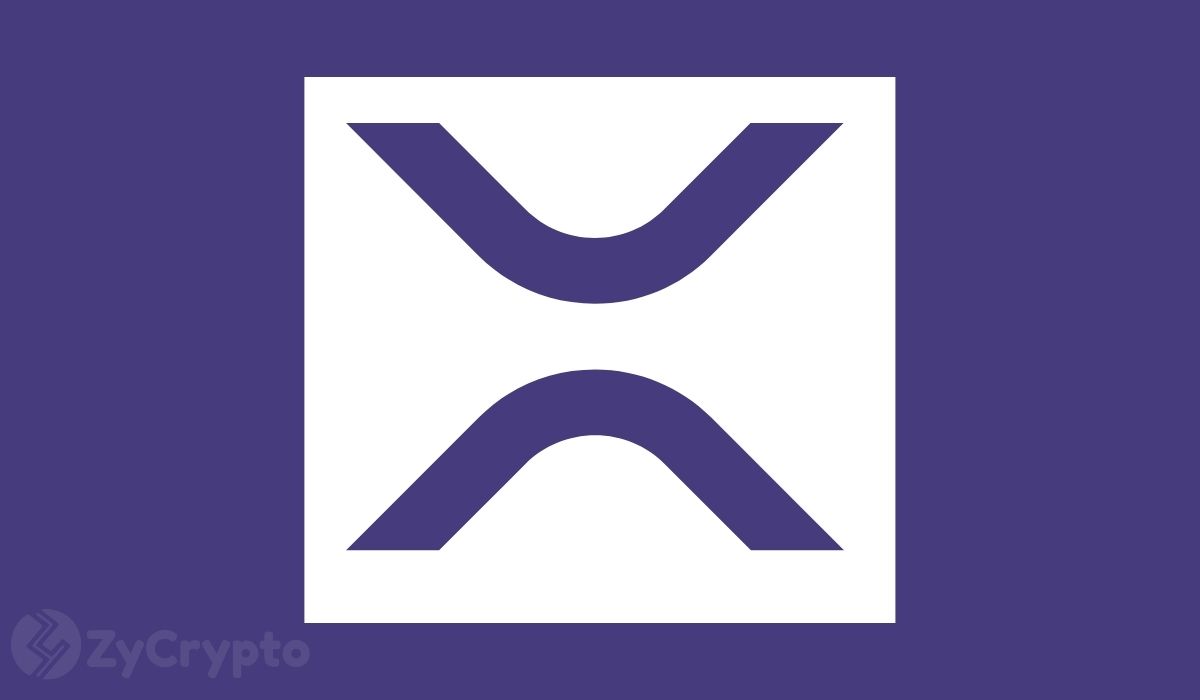ARTICLE AD BOX

The crypto space’s flagship asset, Bitcoin, is still the biggest cryptocurrency by market cap, but it has never been really programmable, scalable, or popular among developers. Nevertheless, there has been a shift.
There has been a dramatic increase in the volume of discourse around potential solutions to Bitcoin’s scalability with the introduction of additional features like Ordinals, Inscriptions, BRC-20 tokens, and Runes. From an average of $1.5 in 2022 to $4.2 in 2023 and $9.5 so far in 2024, the transaction fees for Bitcoin have risen steadily.
The overall value of Ethereum is around $45 billion, with a portion of that amount locked up in its Layer 2 solutions (i.e., roughly 10% of Ethereum’s total value). At a valuation of US$1.4T, Bitcoin’s L2 TVL holdings amount to only around $2B, or approximately 0.13% of Bitcoin’s entire worth.
The trustless two-way bridge problem, the solution’s relationship and alignment with the Bitcoin base layer, the possibility of fork requirements, and the degree of incentive alignment among users, developers, and crypto newbies are all critical factors to examine when evaluating Bitcoin scalability solutions.
We may look at Ethereum, the biggest smart contract L1, and its L2-focused scalability strategy (as opposed to Solana’s L1-focused strategy) to get a sense of the possible magnitude of the Bitcoin L2 opportunity. For Bitcoin L2s to expand and capture market share, incentive alignment throughout the stack is crucial.
The potential for protocols based on Bitcoin has been increased by the development of core Bitcoin technologies at the infrastructure level, such as Taproot and BitVM. Despite the fact that some of these implementations are in their early stages, teams are continually coming up with creative solutions to Bitcoin’s scalability difficulty.
While maintaining Bitcoin’s integrity, “Bitcoin-native” initiatives like RGB and Lightning Network seek to enhance Bitcoin’s P2P transaction capabilities and add smart contract capabilities to the chain. While RGB is still in its early stages of development, Lightning has had a somewhat successful debut.
Sidechains and EVM Layer 1s that protect their chains using bridged BTC are two more types of scaling options. Bridged Bitcoin versions often include centralized components and cannot legitimately claim to inherit much of Bitcoin’s security, however they do make use of Bitcoin’s economic security to some extent.
Emerging in the Bitcoin “Layer 2” sector recently, zero-knowledge rollups use BitVM as its foundational technology to more securely validate rollup data, in contrast to scaling solutions that just post a hash of their data into Bitcoin blocks.
At this point in time, these rollups may inherit the highest level of Bitcoin security. The relevance of Bitcoin L2 solutions will only increase as Bitcoin expressivity keeps changing and new DeFi primitives like money markets, stablecoins, staking & restaking, and perpetuals come out. Lots of progress is anticipated over the next few months, so it should be an exciting time.
The relevance of Bitcoin L2 solutions will only increase as Bitcoin expressivity keeps changing and new DeFi primitives like money markets, stablecoins, staking & restaking, and perpetuals come out. The transaction costs for Bitcoin are much higher than they have been in recent years, and the mempool is becoming busier, as we said before.
While the Bitcoin L2 ecosystem is still in its infancy, the only protocols that are even somewhat considered to be “true L2s” are state channels like Lightning. Having said that, the user tooling and usefulness are severely limited by this. Additionally, a slew of new initiatives are nearing completion but have not yet reached the final stage.
.png)
 7 months ago
2
7 months ago
2








 English (US)
English (US)